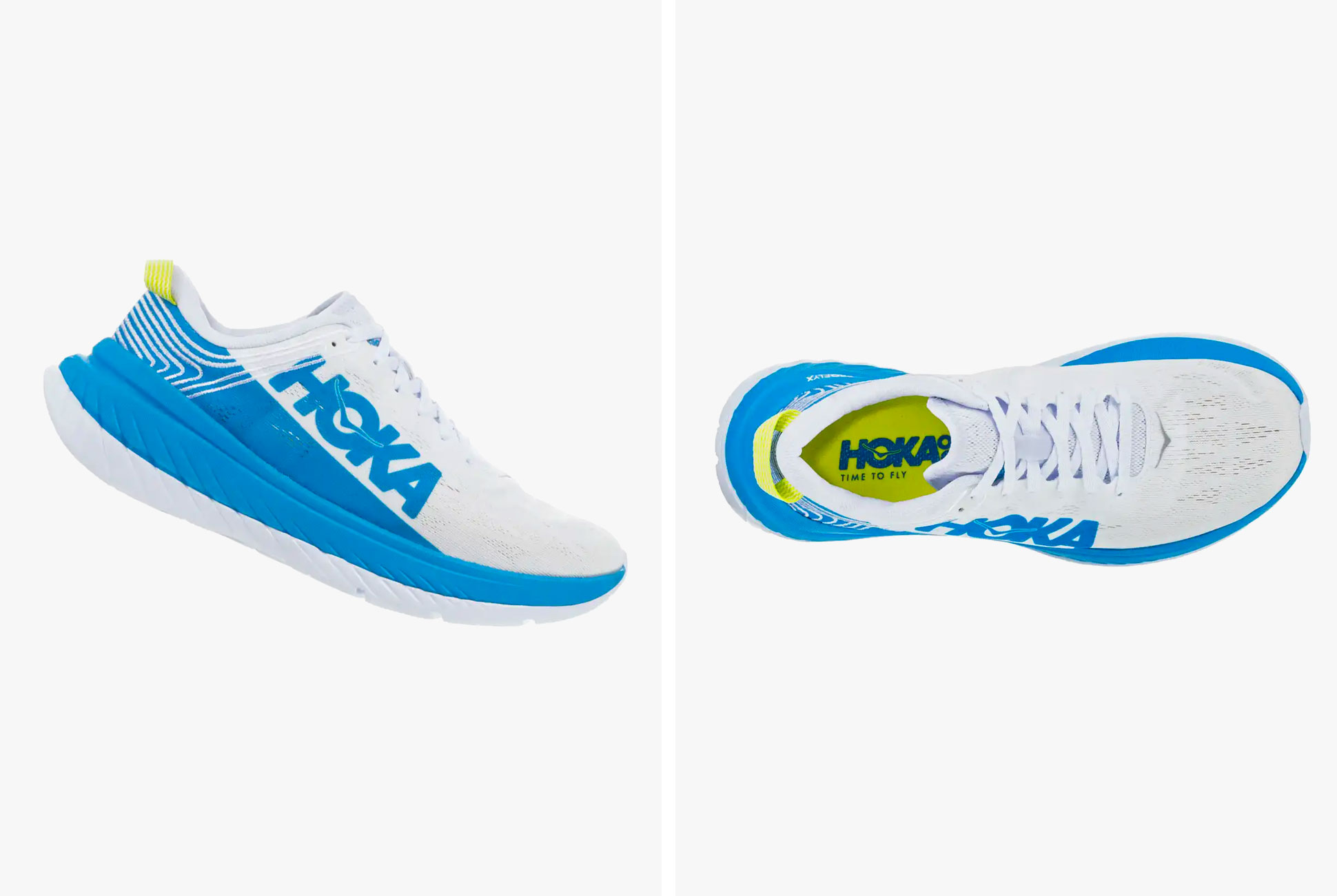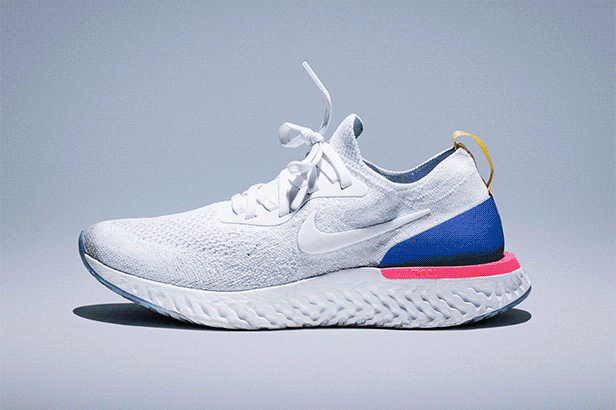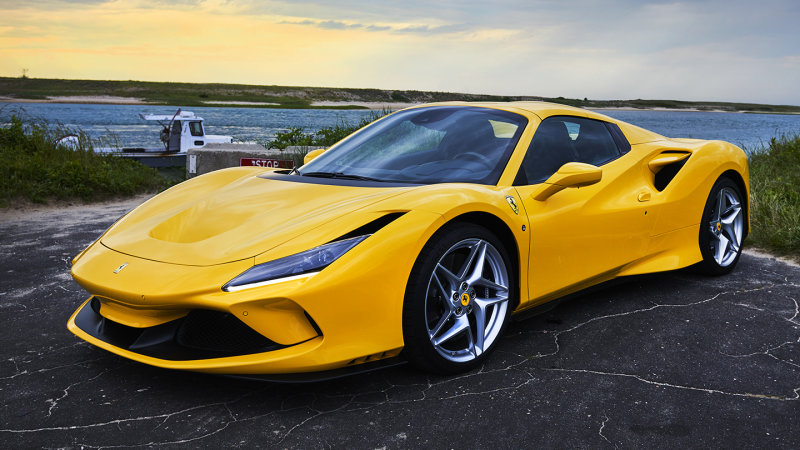When Nike launched the Zoom Vaporfly 4%, it was groundbreaking. Thanks to a combo of the shoe’s researched-confirmed efficiency benefits and the broad-reaching publicity it received, everyone wanted a pair. And competitors wanted to respond.
Since Nike’s launch, Hoka and Skechers have both produced carbon-fiber running shoes. Earlier this month, in a staged event to launch Hoka’s second carbon-fiber shoe, Jim Walmsley broke the 50-mile world record (pending verification), running 4:50:08 in the new Carbon X.
So I know you’re wondering, how does Hoka’s Carbon X compare to Nike’s Zoom Vaporfly 4%? I was one of the select few to get a prototype pair weeks ahead of launch, and having now logged over 80 miles in them, here’s my take.
The Good: Typically, when brands introduce new models, it takes a few iterations to work out the kinks. Not so with the Carbon X. It has a remarkably mature feeling, like it’s been on the market for years. Maybe that’s because it isn’t Hoka’s first foray into carbon-fiber-plated shoes. The Carbon Rocket, which launched earlier this year, featured the same carbon-fiber design, laying the groundwork for this more cushioned sibling.
The ride quality is phenomenal — one of the best I’ve experienced. Out of the box, the Carbon X settles into a smooth, rhythmic cadence that’s bouncy and fun. Above the carbon-fiber plate sits a soft compression molded EVA, with a firmer, more responsive Injected R-bound below. This teaming of softer foam above the plate with firmer foam underneath gives the Carbon X a balanced ride.
The stiffness of the carbon-fiber plate helped maintain, and even amplify, Hoka’s classic meta-rocker feeling of propelling you forward with each footstrike. Even as I varied my pacing from dead slow to race effort and altered my footstrike from forefoot to heel, the ride remained consistent. What stood out for me was the seemingly impossible balancing act of a firm versus soft feel in the midsole. I tend to like a softer feeling shoe for easy, recovery runs and a firmer, responsive shoe for faster runs, when pace matters. The Carbon X fits both bills.
Who It’s For: While there may be different use cases, the Carbon X is a fast shoe for everyone. For the first-timer to the competitive recreational runner, it’s an ideal half marathon-to-marathon racing shoe, regardless of footstrike or gait. For elite runners, who may tend towards the Vaporfly 4% or a lower-profile racing flat come race day, the Carbon X makes a fantastic long tempo or up-tempo long run shoe, saving the legs from extended pavement pounding.

Watch Out For: For all the good, the Carbon X does have one weakness; the wide footprint felt stable while moving forward, but the high stack height (32mm/27mm) and flimsy mesh upper contributed to a lack of lateral stability. I often felt a bit tipsy while turning sharp corners at high paces and running on uneven footing. This uneasy feeling was amplified on grass, dirt and gravel, as I found myself quickly darting back to the concrete for more stability. I’d like to see some added midfoot support integrated into the mesh upper to help keep the sides of the foot more secure. However, that may add some weight. Just make sure you’re a little cautious through the turns and when venturing off-road.
Alternatives: The most obvious comparison, due to the carbon-fiber plate, is Nike’s Zoom Vaporfly 4%. However, they couldn’t be more different. The Vaporfly 4% is suited for the front-of-the-pack runner, whereas the Hoka Carbon X is more geared to a broader audience. The two closest alternatives I’ve tested are the New Balance Fresh Foam Beacon ($110) and Skechers GoRun 7 ($130). Both fit the maximum-cushioned race profile, like the Carbon X, but tend to be a little softer in the midsole and less stable. They also retail for $70 to $50 less than the Carbon X, begging the question: Is the $50 price difference noticeable? Yes, for sure. I’d treat the Carbon X as a “special occasion shoe” for race day or those key workouts where you want to nail your pace.
Verdict: Hoka’s got a winner here. I test about 80 running shoes per year, and I can honestly say these are some of the best I’ve ever tested. Most racing-oriented shoes, such as the Nike Zoom Vaporfly 4%, are more suitable for the competitive to elite runner, leaving the majority of runners racing in their heavy, everyday trainers. Why should elites get all the fancy shoes? Just because your corral is towards the back doesn’t mean you’re not out there trying just as hard as those in the front. From back-of-the-packers to elites, heel to forefoot strikers, the Hoka One One Carbon X delivers a smooth, responsive, cushioned ride. Just be sure to stay on the pavement.
What Others Are Saying:
• “It provides a unique blend of soft, bouncy, very plentiful cushion, stability and carbon powered propulsion. It has proven a very fine longer than half racer for me but its real strength for me is as a heavy mileage, anything but the fastest tempo paces, lightweight trainer. Recovery runs, daily mileage, long runs at most all paces are gobbled up with ease by the X.” — Sam Winebaum, RoadTrailRun
• “To say that a shoe is good for midfoot strikers and not good for heel strikers would be an oversimplification, but after a week of Runner’s World staff testing and comparing notes, that’s about where we’re at. I land on my midfoot and I quite like the Carbon X; the rocker feels like a subtle ramp that helps me load up and push off my forefoot, and the shoe feels natural whether I’m jogging or sprinting.” — Dan Roe, Runner’s World
Key Specs
Weight: 8.7 oz.
Stack Height: 32mm (forefoot); 27mm (heel)
Offset: 5mm
Midsole: Compression Molded EVA (above plate); Injected R-bound (below plate)
Upper: Engineered Mesh
Hoka One One provided this product for review.

Hot takes and in-depth reviews on noteworthy, relevant and interesting products. Read the Story




